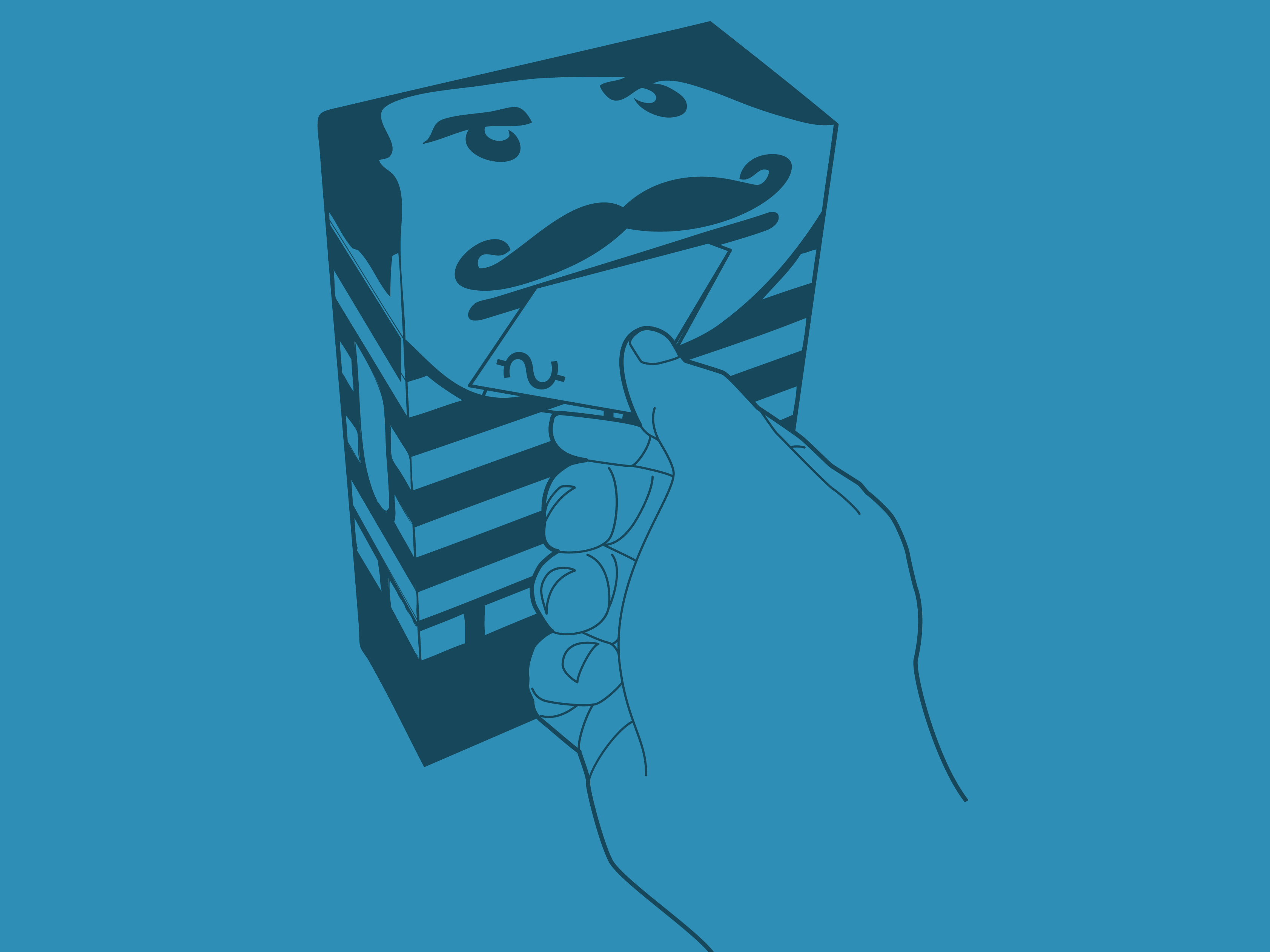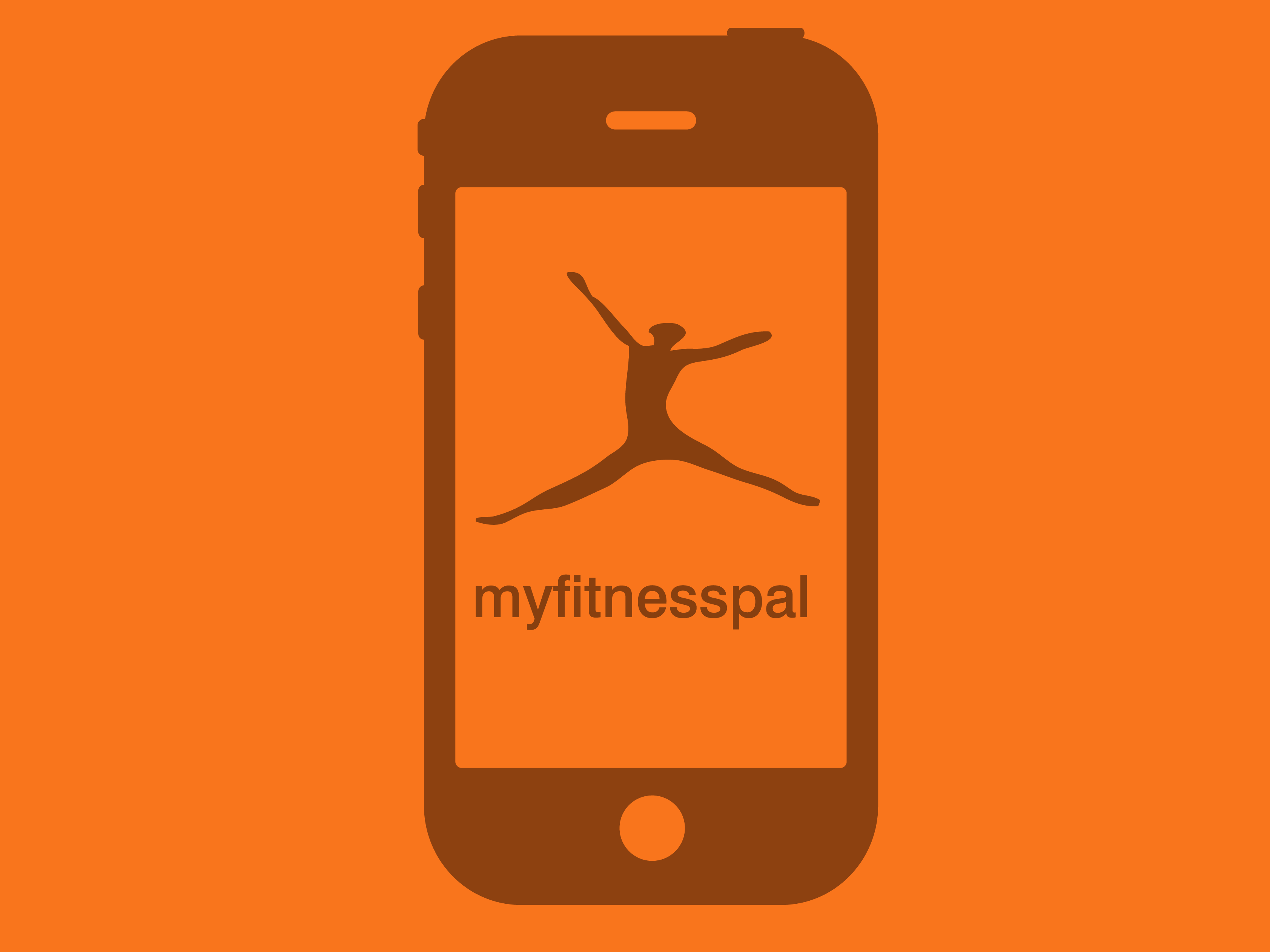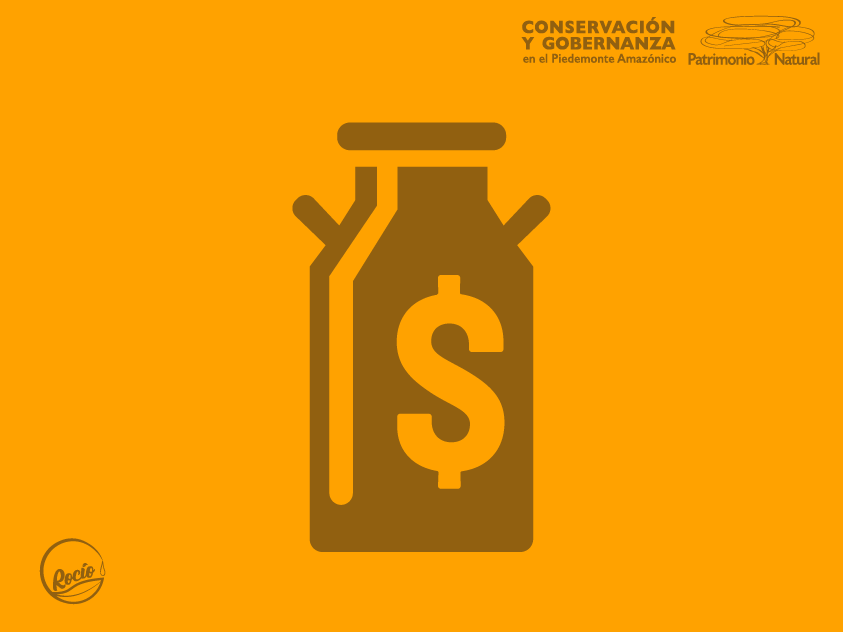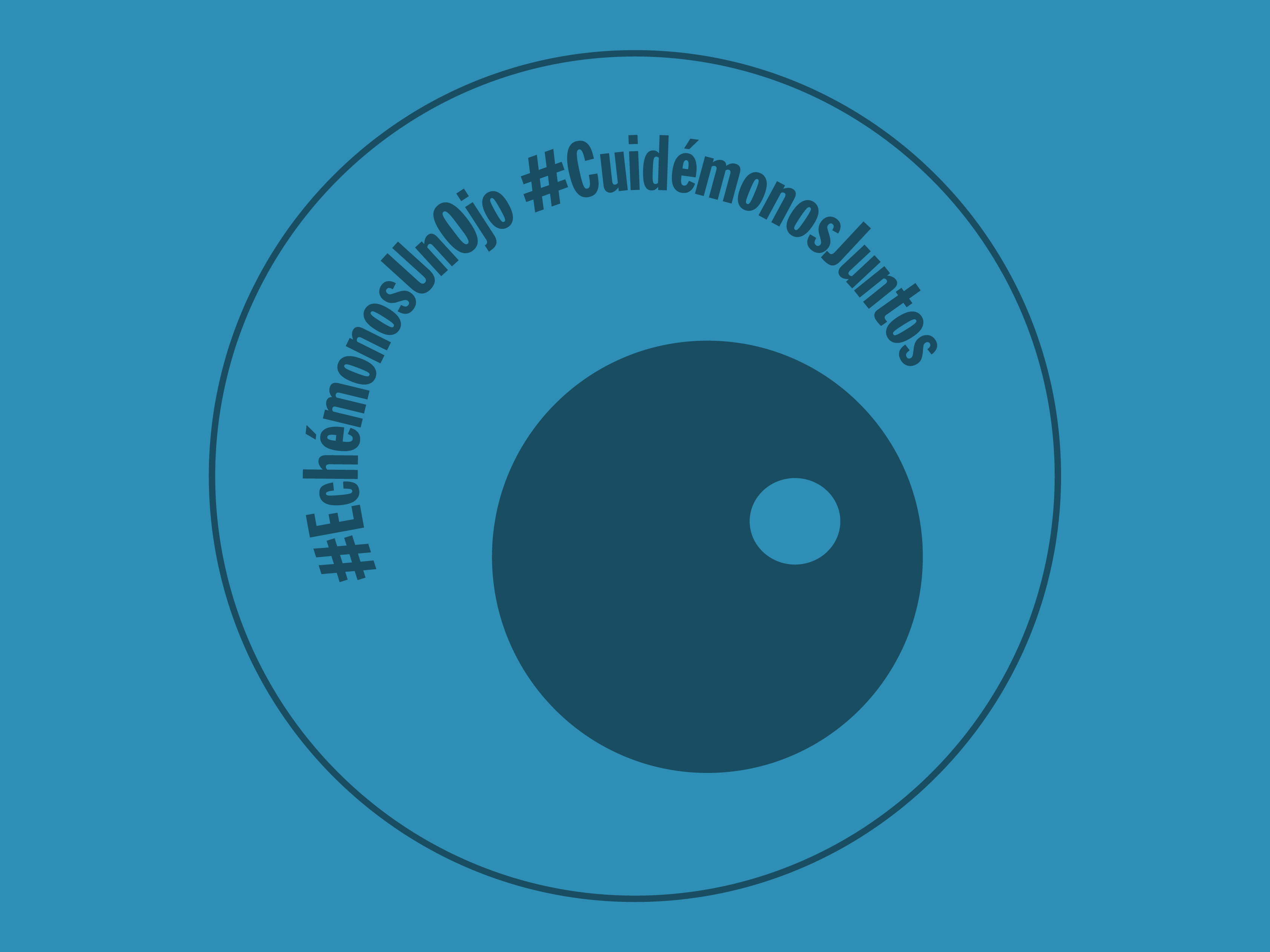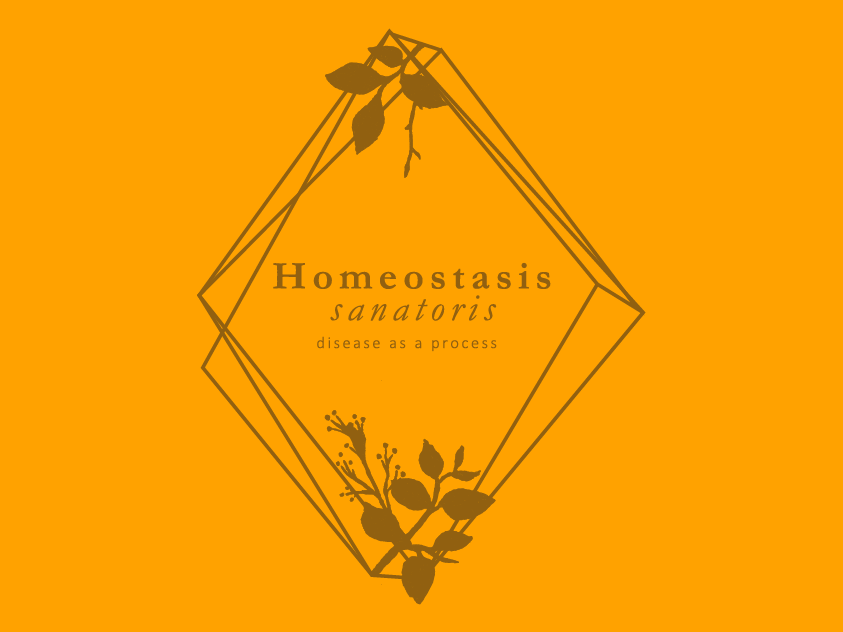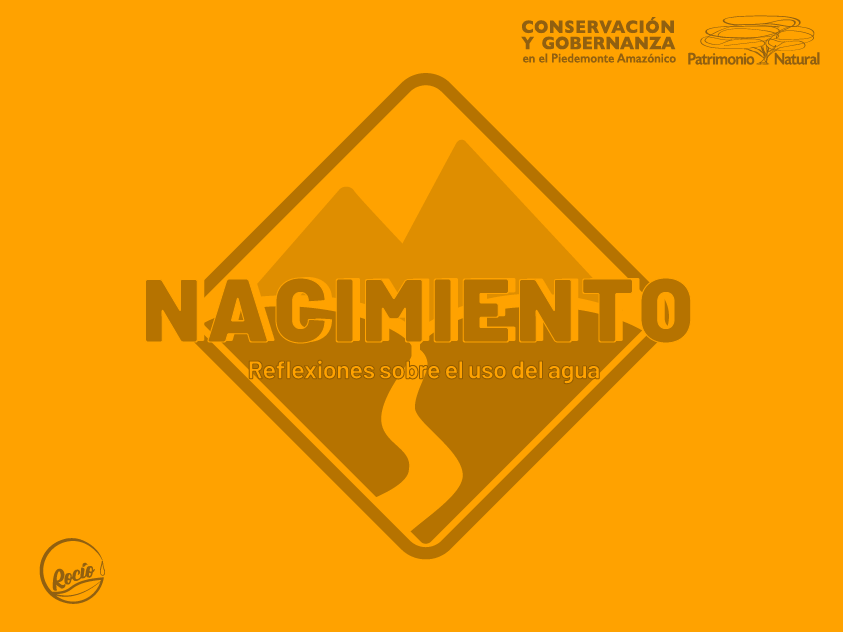International Journal of Food Design. Special Issue: Materiality between food and design by Santiago de Francisco Vela & Camilo Ayala-García.
Abstract
The exploration of emotions has become a fundamental aspect for product design. Researchers in the design field have proposed approaches to Materials Experience that supports emotional exploration. The following article aims to demonstrate how, by experimenting with edible DIY-Materials, designers can tackle a deeper conceptualization of product development. A methodology is proposed to explore emotions through different design techniques with the use of edible materials. Three projects are analyzed to understand the different opportunities to use these types of materials to create emotional, tangible experiences. This exercise sets a scenario for product designers, interested in using emotions through edible material experimentation, and achieving a more meaningful product development, by including emotional design in the project.
Keywords:
Emotional paradoxes, Edible DIY-Materials, Product Design.
Chocolate and Jelly tiles composition that shows the contrast between chocolate (brittle) and jelly (elastic), developed by Gustavo Lozano.
Developed by María Paula Ramírez Jaramillo and Alejandra Arenas Durán
Wrapping packages are creating particular disgust among people due to the use of plastics instead of keeping the natural skin of certain fruits and vegetables. Examples of peeled bananas wrapped in stretched film are making people rethink their behavior when buying this type of product that does not need to have additional packaging. Superfluous Wrappers is the result presented as a multilayered edible wrapping package made of bioplastics that can be torn to reach the product annoyingly, or it can simply be eaten.
The team wanted to emphasize the paradox by exploring different ways to create covering layers to materialize the annoyance of unwrapping something without reaching it. The “anger of fascination” is that impulsive curiosity that drives people crazy and cannot be stopped until the wrapper is removed.
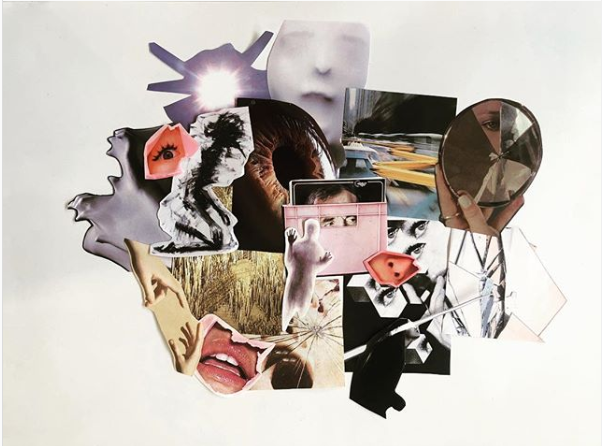
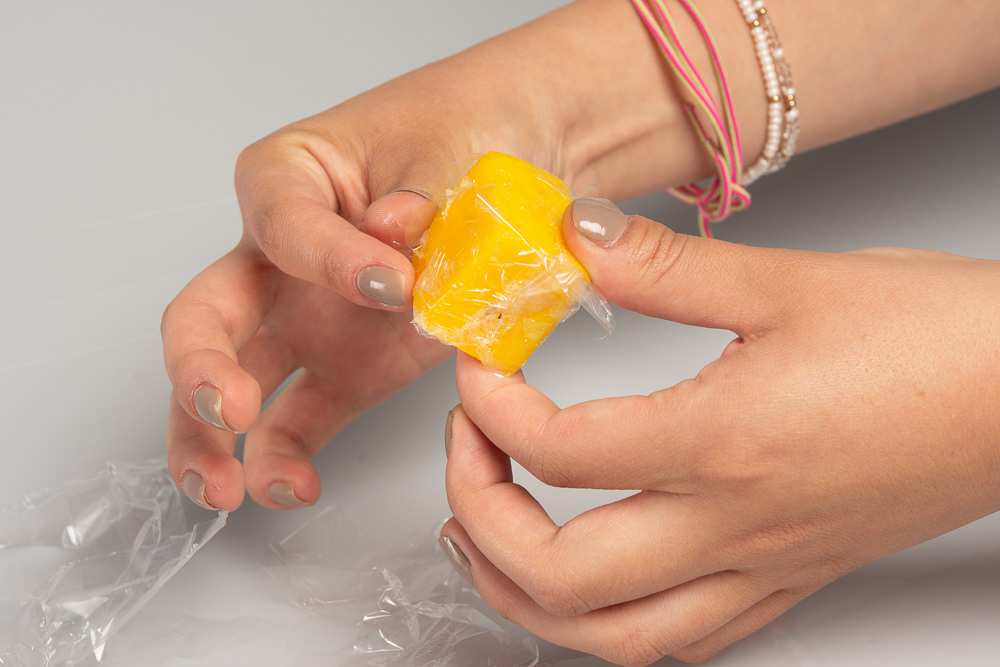
During the material exploration, the team tried three different calibers of wrapping that could replace the film. For the experimentation, they wrapped different fruits such as apples, kiwis, mangos, strawberries, and pears, preserving their texture, consistency, flavor, temperature, and color. These experiments were later served as finger food in the final exhibition. These kind of packages can redefine the experience of packaging food, but also create new food showcases.
Developed by Sara Ávila Quintero and Laura Fernández Cardona
Statue bird food - Proudly Shameful. Developed by Sara Ávila Quintero and Laura Fernández Cardona
Statues are ornamental objects that represent human or animal figures. They are landmarks that symbolize and pay homage to historical figures or events. Statues are perceived as static elements that provide shelter to different kinds of animals, such as small birds and pigeons. The Bird Food Statue is the result presented as an alternative use for statues that could also be used to feed animals. The more the animal eats it, the more it reveals the hidden face of the statue.
The team wanted to emphasize the paradox by exploring statues as silent witnesses of situations that happen regularly. The aesthetic of the sculptures embeds the intention to highlight the characteristics of shame and pride. "Proudly Shameful" represents the two faces of statues. The outside one brings hope and joy, while the one on the inside carries fear and despair.
During the material exploration, the team worked with kidney beans, splitting the skin from the legume. They created two kidney bean materials, to be used as a molding material for the statue. With the skin, they created the inside of the statue shaped like a devil. This part was inedible for pigeons. With the pulp, they created the outside, which was shaped like an angel. This part was intended to be used as food for the pigeons. While the pigeons were eating the outside part, the one that brought hope and joy, they were simultaneously revealing the shameful side.
Developed by Luis Felipe Ortiz Gallego and María Paula Pabón Forero.


Experience in food design is essential, especially for venues and events. Eating and drinking are beyond the mere activity of alimentation and present multiple scenarios to create artifacts that can mix with the food. Caramel glass for amaretto sour is the result presented as a container that is also a mixer for a cocktail.
The team wanted to emphasize the paradox by exploring the decision-making moment of drinking an alcoholic drink that gets stronger as time passes, and it mixes with the glass. The "confusion of desire" depicts the entanglement that someone has to endure when having to make a tricky decision that always has a downside.
The Caramel glass was used to make a toast on the day of the exhibition. Most of the guests had the chance to experience the amaretto sour sweetened with the caramel glass and had to choose when to drink it or eat it.
During the material exploration, the team worked with solid ingredients, which could be transformed into liquid and back into solid again. Inspired by Shaping sugar, a project that uses sugar to create glasses (Desnoyers, 2012), they used caramel, a derivative of sugar, to mold cups. During the process, they researched the proper combination of ingredients for a cocktail and experimented with the amount of caramel and the way it would mix with the beverage. Commensals could have their drink without waiting for the caramel to blend, could wait for a stronger caramel-flavored drink, or could bite the cup to create a different experimentation of the flavors. Also, there was the chance that the cup could dissolve completely, and the commensal would have ended without the drink.
To cite this article:
de Francisco Vela, Santiago and Ayala-Garcia, Camilo (2020), ‘Émotions à la carte: Exploring emotional paradoxes through edible DIY-Materials for product design’, International Journal of Food Design, 4:2, pp. 139–153, doi: https://doi.org/10.1386/ijfd_00002_1
de Francisco Vela, Santiago and Ayala-Garcia, Camilo (2020), ‘Émotions à la carte: Exploring emotional paradoxes through edible DIY-Materials for product design’, International Journal of Food Design, 4:2, pp. 139–153, doi: https://doi.org/10.1386/ijfd_00002_1
